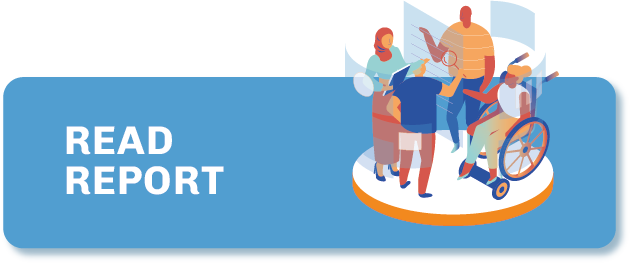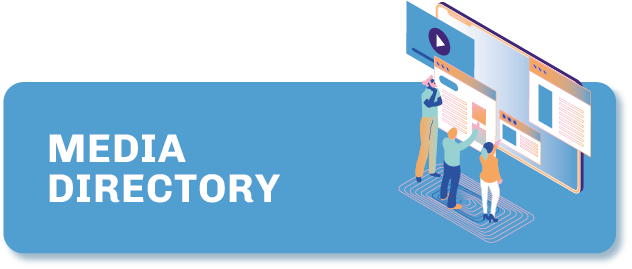Norway
Robust press freedom and the willingness of consumers to pay for information allow new media players to join Norway’s media environment and young media founders to experiment with a variety of topics, ranging from lighter ones to investigative platforms.
GENERAL INFORMATION
Press
freedom
ranking
Internet
penetration
POPULATION
Media organisations
in the Directory
TYPE OF COVERAGE

TYPE OF ORGANISATION

GENDER OF FOUNDERS

Press freedom
Norway’s legal framework safeguards freedom of the press and journalists consistently, guaranteeing extensive editorial independence. The press organisation Norsk Presseforbund (NP) is responsible for the preservation and development of the Vær varsom-plakaten (Codes of Ethics) for the Norwegian press, which is also applicable to other media. In December 2021, the government launched a strategy for promoting freedom of expression in foreign and development policy to protect and promote freedom of expression internationally. The accountability of the media and stories is checked by the platform Faktisk, a fact-checking platform created by the National Association of Media companies (Mediebedriftenes Landsforening) and the Norwegian Editor Association (Norsk Redaktørforening).
Market structure and dominance
Norway’s media landscape features the strong public service broadcaster Norwegian Broadcasting Corporation (NRK) and a diversified private sector with publishing companies. The major media owners in Norway, according to annual turnover in the Norwegian market, are Egmont Media, Schibsted, Amedia Foundation and Polaris Media, which have different television and radio channels, newspapers and publishing houses, according to Medianorge. There are several small newspaper chains, but many newspapers have their local owners.
How media is funded
Norway is often cited as the country with the highest number of consumers willing to pay for online news – it should not come as a surprise that the Norwegian media industry earns more on payments from viewers and readers than on advertising sales, according to Nordicom. Advertising is however still present, but has moved from print to online media, and major companies such as Google and Facebook have taken most advertisement shares.
Media organisations can also rely on public subsidies, administered by the Norwegian Media Authority since 1969. The main objective of the subsidies is to maintain a heterogeneous newspaper landscape: for example, a grant to the Sámi minority newspapers, as well as a distribution grant to media outlets in the northernmost region of Finnmark, to help deliver information. The most important subsidies are the production grants, awarded in proportion to newspapers’ circulation and market position. In 2021, the amount of subsidies accounted for around 440 million Norwegian kroner.
Six profiles of digital native media organisations from Norway are included in the directory. All of them are based on desk research.
The start-up world, gastronomy, environment, art and female health are some of the topics these media outlets focus on. Rather than daily news providers, digital native media organisations in Norway specialise in only one topic, becoming the main go-to news platforms for people interested in gathering specific content.
Most of the media outlets work with subscription or membership models, while some have free-to-access content. This also depends on the aim of the structure of the media outlet itself: a couple of media organisations are founded as a side project by a small team of volunteers to create awareness on a specific topic. But for those that are up-and-running businesses, the organisation relies on a small- to medium-sized pool of journalists.
All media outlets have social media presences, with some of them experimenting on new platforms. Some provide podcasts, jobs databases, webinar courses as well as media training for volunteer writers to learn journalism writing principles. A couple of platforms pay particular attention to their visual presence and content, such as the gastronomy site Kabaret, which is partly funded by visual communication organisations.
All media referenced the Vær varsom-plakaten on their main website as the main guidelines for their editorial coverage.
Trust in the media in Norway is high. While citizens know they can receive trustworthy information from state media and major media companies, the digital native media space is a sector where new, niche media projects can be easily launched. Amid a willingness as well as an economic ability among the majority of the Norwegian population to pay for being informed, the country’s digital native media landscape looks set to continue to flourish.
Last updated: January 2023
CREDIT FOR STATISTICS: Press Freedom statistics, RSF Press Freedom Index 2022; Internet penetration and population statistics, from Internet World Stats

